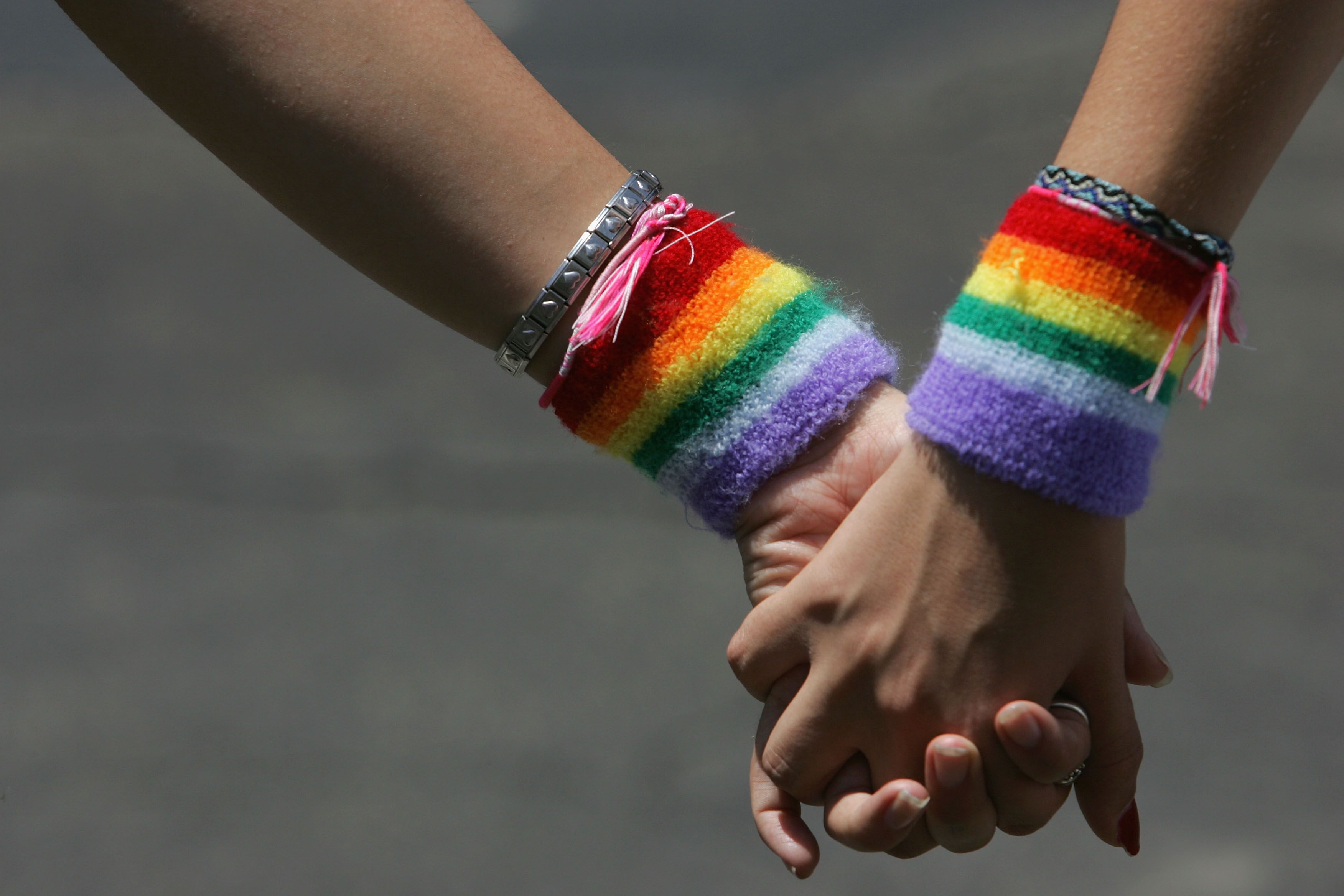

What new challenges and opportunities does this evolution present? A better understanding of digital engagement (and disengagement) is useful not only for researchers and platform designers but also for a broad range of social service providers, educators and policymakers who are routinely tasked with both the regulation and the support of young LGBTIQ+ people. From text-based ‘virtual’ worlds and discussion boards through to sites and apps such as Facebook, Instagram, Twitter, Snapchat, Tumblr, YouTube, Reddit, Tinder, Grindr and Her, the digital social media landscape is now more complex than ever. Different platforms offer different opportunities to connect with queer peers and others, for discussing, documenting and exploring sexuality away from heteronormative spaces (Hillier et al. While digital social spaces have evolved, many of the motivations for using these platforms remain the same. 2012), the significance of the Internet as a social resource is further magnified (Gray 2009, Hanckel and Morris 2014). For lesbian, gay, bisexual, transgender, intersex, and queer or questioning (LGBTIQ+) people, who continue to experience disproportionate health risks and high rates of discrimination (Leonard et al. Over the past 20 to 30 years, the Internet has come to serve as a key channel for communicating and connecting, but also engaging in civic participation. This may improve LGBTQ client satisfaction with counselling and increase the potential for beneficial therapeutic outcomes. Investigating these narratives may ultimately be used to inform clinical practice for sexual minority clients by contributing to our understanding of queer lived experiences and adapting counselling approaches based on this knowledge. The research findings aligned with previous literature on the subjects of online dating and queer women’s communities, and also highlighted new ideas for consideration and further exploration. These themes represent a significant and unique aspect of participants’ experiences of online dating, including their reasons for going online, how they navigated those spaces and the issues that they faced.

Interviews were then transcribed and analyzed using Braun and Clarke’s (2006) six-step thematic content analysis method, resulting in the creation of three themes and 13 subthemes. The present study used a narrative approach to address the primary research question: What are queer women’s experiences of using online dating websites to find partnership? Qualitative, open- ended interviews were conducted with a purposive sample of five women who identified as queer and had used dating websites. While the Internet has been prolific in connecting LGBTQ communities, existing research on the use of Internet-dating sites in sexual minorities has focused primarily on gay men’s dating practices, overlooking queer women. An increasingly popular means for LGBTQ individuals to find relationships is through online dating. The past few decades have seen a rise in the visibility and legal rights of lesbian, gay, bisexual, transgender and queer (LGBTQ) people, yet persistent stigmatization has left many searching for alternate ways of seeking connection.


 0 kommentar(er)
0 kommentar(er)
